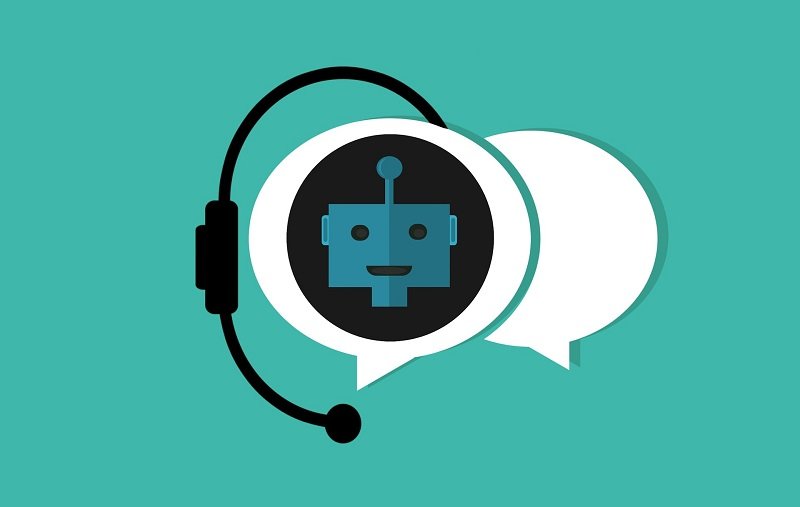
While chatbots are used for many different tasks, the way chatbots are constructed differs relatively little from program to program. Technically, there are presently three major categories of chatbot.
1) Click Navigation Chatbot
This type of chatbot is easy and cheap to build and implement. It’s essentially a flowchart or form in the guise of a chatbot. Frequently seen in the hospitality, catering, and fast food industries, the chatbot talks the customer through a set routine with deliberately limited options to perform a task such as ordering a room or meal. The questions they ask are usually ‘and/or’, with the occasional ‘nor’.
While click navigation is ideal for making sales in which set information has to be relayed quickly and without fuss, click navigation chatbots aren’t usually capable of intelligent or humanised responses.
For that reason, some click navigation chatbots eliminate their chat function entirely to save time and confusion. They require users to pick their response from a list of clickable boxes.
2) Keyword Chatbot
A keyword chatbot is still firmly fixed on its rails. However, it’s a little bit more sophisticated than a menu chatbot. A keyword chatbot can store a range of complex answers to common queries, go ‘off topic’ if the user strays into unfamiliar territory, and make connections between different topics of conversation. While still relying on pre-set information, the chatbot is capable of maintaining a more natural, spontaneous conversation made up of stored responses. A list of interconnected topics lets the bot make causal associations between words.
Keyword chatbots are typically found in customer-facing retail settings and are usually used for customer service. They can suggest products, assemble complex orders, and string together different bits of information to answer questions about more advanced, obscure areas such as week-specific opening times.
However, keyword chatbots can’t learn anything that isn’t programmed into them or stored in a database. They are still prone to being confused by new information and can sometimes make critical mistakes by ‘guessing’ at an approximate answer. If told to do something and not do something else at once, they’ll often mix the two together and perform both instructions if the bot isn’t fully programmed to parse common grammar.
3) Natural Language Chatbot (NLC)
The rarest and most advanced tier of chatbot; natural language chatbots use new techniques such as NLP (neural language processing) and algorithmic learning to build better responses. A vast database of past queries, answers, and user responses is used by the program to optimise how the bot replies.
NLCs can write in full prose. They are capable of holding full-length conversations and answering emails in full. Their responses are often indistinguishable from those of a real human being. Their predictive capabilities make them capable of responding appropriately to complex human expressions, such as sarcasm, humour, and flawed information.
Neural processing is ideal for top-of-the-range customer service, automating complex responses, and providing high-quality, long-form written information that doesn’t deviate from company policy. The same technology can also be found in most virtual assistants. Natural language processing is currently expensive and difficult to build. Typically, it’s government departments and large, multinational corporations focused on high-value sales who use it at present.
The Uses & Limitations Of Chatbots
However, you won’t see these bots used much by businesses or departments tasked with handling human interaction around sensitive, confidential information such as tax returns or records of death. For all of their many advantages and tricks, neural chatbots are not yet self-aware. They have no guiding consciousness, cannot determine ethics and consent, and merely mimic human behaviour without understanding the full and exact meaning of their words. This being said, chatbot technology is extremely useful in a variety of business settings.
Image source: Pixabay


